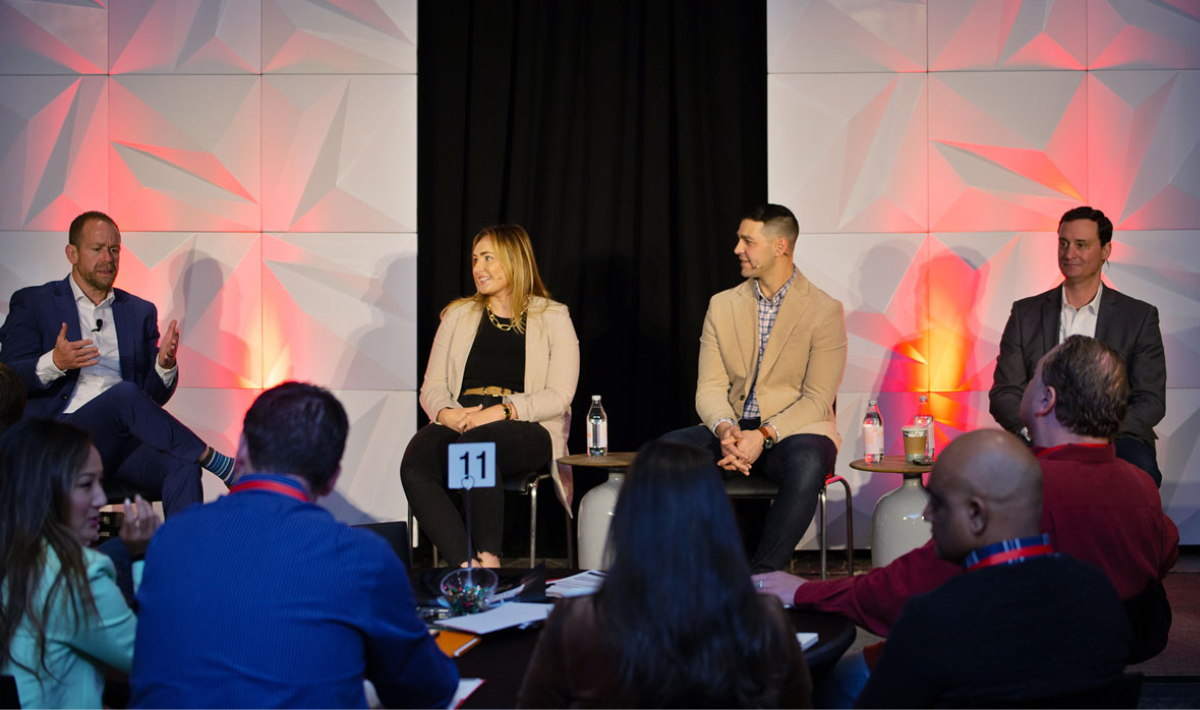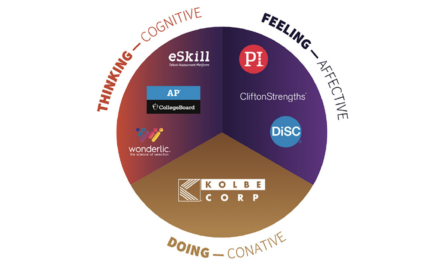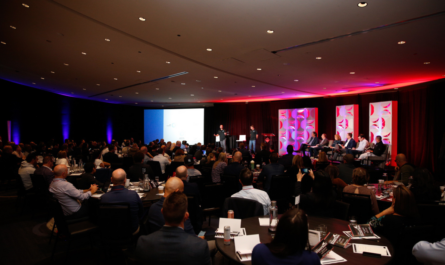What to look for when bringing on board a new CEO, or other leadership roles, for your dental organization.
While every role in a dental organization is important, no other individual sets the tone, temperature, and culture like the CEO, which makes the vetting and hiring process so critical.
Finding the right fit for the CEO of a dental organization can be a challenging process because so many dental practices are founded by doctors. While skilled and knowledgeable in the practice of great dentistry, they may not have the business experience and acumen needed to effectively run and operate the business side of the organization.
At a recent DEO event, Emmet Scott sat down with Gabrielle McCarran, Senior Vice President of People for North American Dental Group; Dave Salciccioli, Chief Strategy Officer of Singing River Dental Partners; and Noah Madison, Partner at TEAMWORx Health to discuss what it takes to hire the right CEO for a dental practice, the qualities that make a good CEO, and how leaders must approach navigating the chaos often involved in operating a dental practice.
DEO: How do you feel about the position of CEO?
McCarran: There’s no doubt that the CEO is the most important and critical role in the organization. The CEO is the pacesetter. When you think about the dental space, a CEO is an interesting person because you typically see a founder CEO or a Private Equity (PE) CEO. Sometimes there’s even a CEO in between, a person meant to shop the business to the PE. You want leaders who have run other organizations, they’re operational and have a strong understanding of finance.
Salciccioli: There are so many of us who have stepped out of the chair and stepped into the role of CEO, but it’s always an option to move into Chief Dental Officer and hire another person for CEO, because it’s a completely different set of habits and practices. It’s like the journey from bricklayer to architect – you’re not the problem solver now, but you are the agenda setter. You’re not the warrior for a particular person or practice, you’re more of a diplomat who must rise to the occasion.
DEO: What attributes are you looking for in a CEO in today’s market? What is the difference between what you see in a founder CEO and what the business needs to take the next step?
Madison: I think it comes down to the idea of “where does your passion lie?” Are they clinicians? Did they go to medical school or business school? There’s a certain point where a clinician founder may not be able to take the company to the next level. There’s a difference between being entrepreneurial and being a clinician – the entrepreneur might have the passion to go to work and be able to scale the business, whereas the clinician wouldn’t necessarily have that skillset.
Salciccioli: There’s a lot of room to design the role and your team around what you are most passionate about. All of this is driven by the clarity of the founder. If you have clarity in your vision, you can build the team for that next step in the journey, whether that’s towards private equity or whatever it might be. I’m big on figuring out what we are going to specialize in that role so that you can make the highest contribution to the business.
McCarran: If the CEO is looking to grow into that role, then it’s all about hiring people around you. I think having the self-awareness to know what you’re good at and what you’re not good at is critical. Then you can set your ego aside and hire people who are smarter than you in those areas.
DEO: Where do you see failure in this process? What have you found to be an indicator of success for placing an executive in an organization?
Madison: A big piece is real input from the top down. When we start a search process, it’s not staffing – it’s a search process. We want to talk to everyone who’s going to be working with this person and understand what they think the role should be. From that, we put together the job description. That approach also gives us the ability to tell a compelling story. When you’re partnering with [an outside organization] as an advocate for your business to get the biggest pool of people, you want to be able to narrow it to finding the right person. A big piece of that comes down to cultural fit, and mission driven.
DEO: What are some of the qualities you look for when you’re hiring a true executive to run the business?
McCarran: What I’ve learned through my career is that once you get above that $175K level into that executive range, relationships and how you manage your people are most important. You are making high-impact decisions. It’s all about relationships, your brand, and the impact you have on the business.
Salciccioli: The ability to understand influence and leadership acumen is a big deal because you’ll have some people raise their hand and say, “I want that title.” Well, they only want it because they want to wield authority and have people do what they say without question.
DEO: How can you minimize the disruption of bringing someone into a role that didn’t exist before? How can you navigate that chaos?
McCarran: It’s a balance between old guard and new guard. During the interview process, you should ask about a time when that person had to come in and win the hearts and minds of existing employees. There should be a compelling answer there, but they should be able to lead through it and win over everyone around them.
Madison: I was at a conference a few months ago and met the CEO of a very large optometry business. We were talking during lunch, and he brought up the point that with all this chaos going on in his business, they weren’t scaling as fast as they wanted. We started talking about making a VP of Special Projects, which is an interesting solution to that kind of problem – bringing in a full-time person to address those sorts of challenges from the inside. With a specific skillset and legacy knowledge of the organization, they could be uniquely suited to help your team navigate those changes.
Salciccioli: We’ve had to have lots of hard conversations and continual coaching around where value can be added and how they can help design the role. When you bring a new person onto the team, you must redesign most everyone’s roles. You must coach everyone through it.





